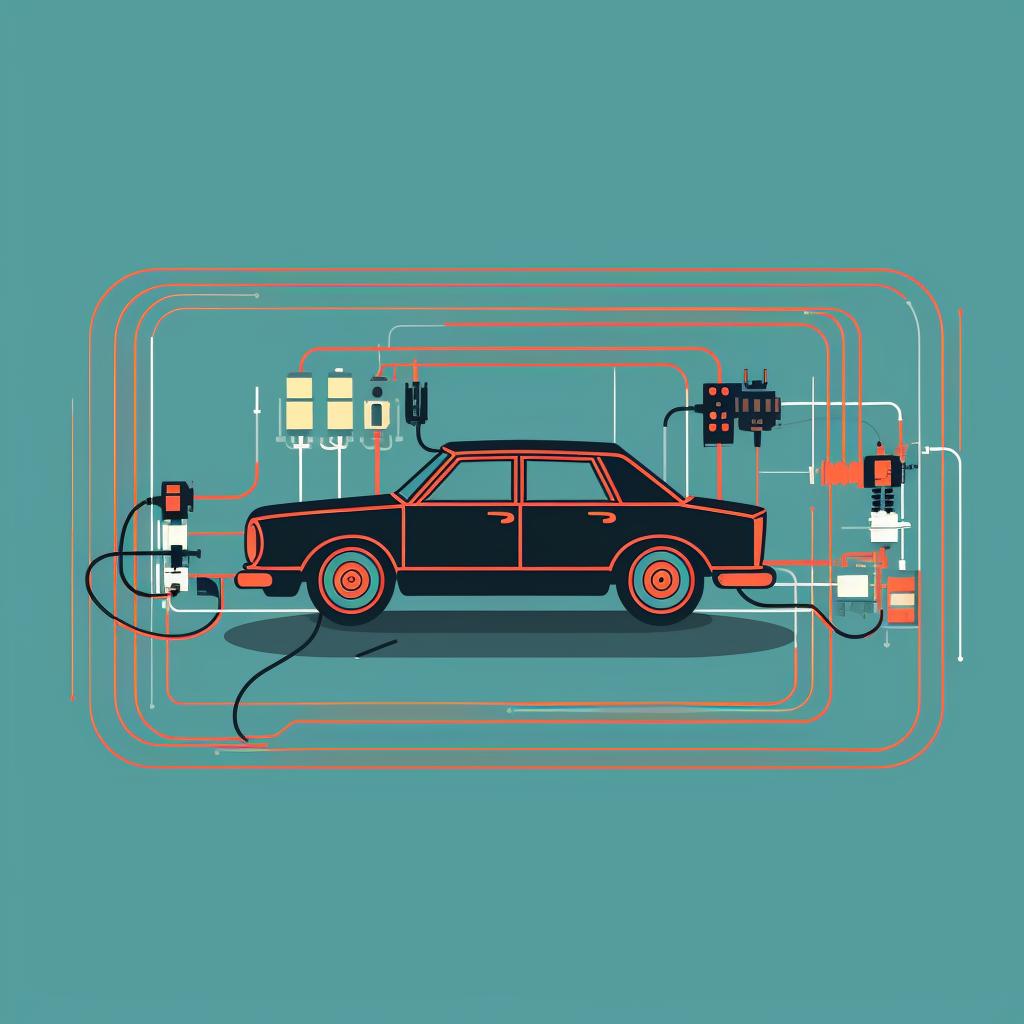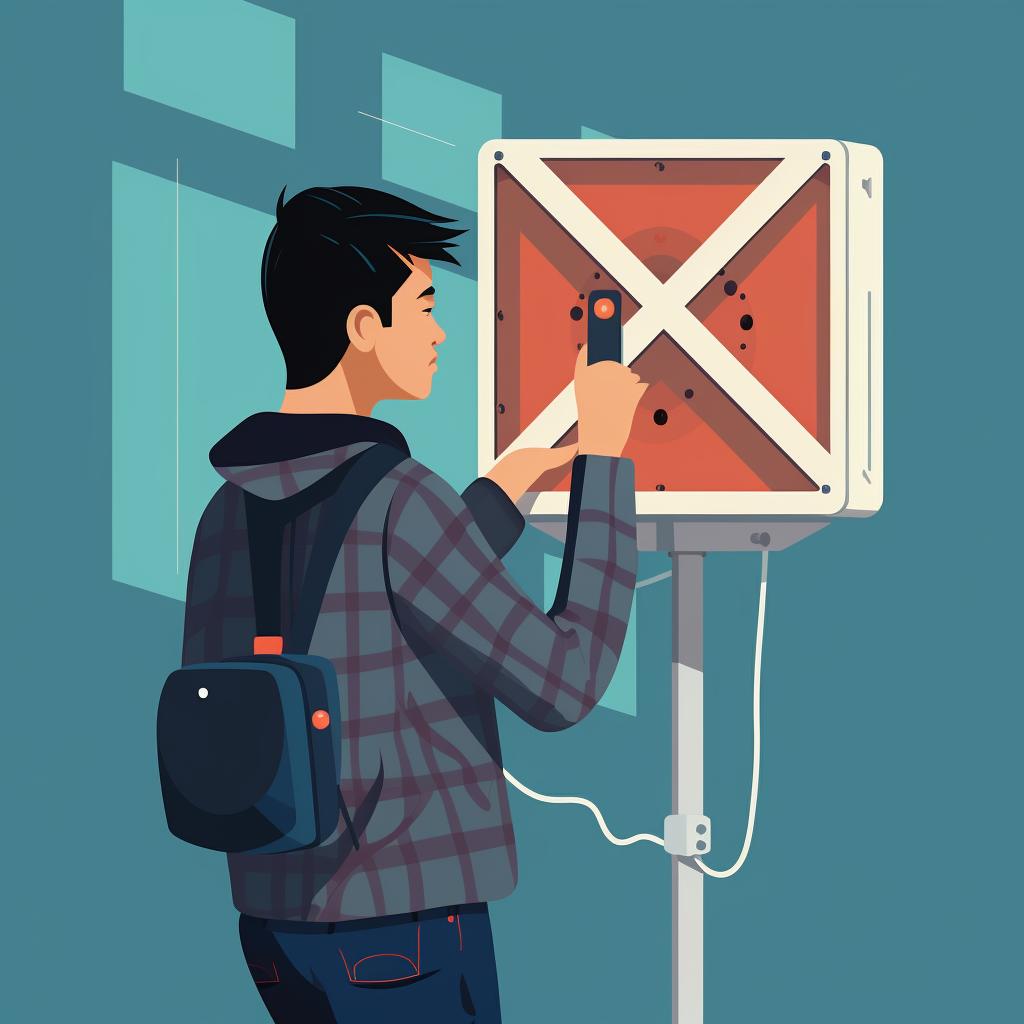Courtney, a seasoned race car driver who transitioned into a professional driving instructor, has dedicated over a decade to grooming responsible drivers from various age groups. Her enthusiasm for safe driving is contagious and her ultimate goal is to significantly lower the rate of road mishaps.
Installing blind spot monitors and setting up rear cross traffic alerts in your car can greatly improve your driving safety and confidence. Let's dive straight into how you can go about this process.
Why Should You Care About Blind Spot Monitors and Rear Cross Traffic Alerts? 🚗
Before we begin, let's understand why these safety features are crucial. Blind spot monitors help detect vehicles in your blind spots, while rear cross traffic alerts warn you of approaching vehicles when you're reversing. Incorporating these features can significantly reduce the risk of accidents.
For a better understanding of how blind spot monitors and rear cross traffic alerts can help prevent accidents, take our Understanding Vehicle Safety Features Quiz.
Learn more about the benefits of using blind spot monitors and rear cross traffic alerts while driving on highways by taking our Benefits of Using Blind Spot Monitors and Rear Cross Traffic Alerts Quiz.
Curious about the effectiveness of blind spot monitors and rear cross traffic alerts in preventing accidents? Take our Effectiveness of Blind Spot Monitors and Rear Cross Traffic Alerts Quiz to find out.
Ready to Boost Your Safety? Let's Install Those Blind Spot Monitors! 🔧
Now that we've understood the importance of blind spot monitors, let's dive into the installation process.
Learn more about 🚗 Step-by-Step Guide to Installing Blind Spot Monitors 🛠️ or discover other Driver Pals guides.
With your blind spot monitors installed, you're one step closer to a safer driving experience. Next, let's move on to setting up rear cross traffic alerts.
Firstly, you'll need to purchase a blind spot monitoring system compatible with your car model. Once you have the necessary equipment, follow these steps:
- Attach the blind spot sensors to both sides of your car, typically on the rear bumper or inside the rear lights.
- Connect the sensors to the indicator lights and install them on your side mirrors or A-pillar.
- Wire the system to your car's electrical system for power.
- Test the system to ensure it's working properly.
While it's possible to install these systems yourself, if you're not comfortable with the process, it's recommended to seek professional assistance.
If you're interested in learning more about the installation process, you can check out our DIY Installation Guide for Blind Spot Monitors and Rear Cross Traffic Alerts.
Curious about whether all cars can have a blind spot monitor installed? Find out here.
Next Up, Let's Set Up Your Rear Cross Traffic Alerts 🚦
As we move forward, let's dive into the step-by-step process of setting up rear cross traffic alerts in your vehicle.
Learn more about Mastering Rear Cross Traffic Alerts Setup 🚘 or discover other Driver Pals guides.
With these steps, you should have your rear cross traffic alerts set up and ready to enhance your driving safety. Remember, regular maintenance is key to ensure these systems work effectively.
For rear cross traffic alerts, the process is similar:
- Attach the sensors to the rear of your car, typically on the bumper.
- Connect the sensors to the system's alert mechanism, which could be visual, audio, or both.
- Wire the system to your car's electrical system.
- Test the system to ensure it's working correctly.
Again, if you're not comfortable with the process, consider hiring a professional to ensure the system is installed correctly and safely.
Keep Your Safety Systems in Top Shape: Here's How! 🧽
Once you've installed these systems, it's important to maintain them regularly. This includes cleaning the sensors and ensuring they're free from obstructions, and testing the systems regularly to ensure they're functioning correctly.
For more information on HVAC maintenance, you can refer to this guide. It provides detailed information on what should be included in regular HVAC maintenance.
If you're wondering how to maintain and repair your HVAC system, this article offers useful tips and guidance on how to keep your system in good working condition.
Wrapping Up: Your Journey to Safer Driving Starts Here! 🏁
Installing blind spot monitors and setting up rear cross traffic alerts can greatly enhance your driving safety. While the installation process requires some technical know-how, the benefits are well worth the effort. Remember, if you're unsure, it's always best to seek professional help.
Let's address some common questions about installing and maintaining these safety systems.
Remember, safety should always be your top priority while driving. These systems are designed to assist you, but they're not a substitute for attentive driving.
If you have further questions about installing these safety systems, check out our FAQ:
- Can I install these systems on any car? Generally, yes, but make sure to check compatibility before purchasing.
- Can I install these systems myself? Yes, but if you're not comfortable with the process, seek professional help.
- How often should I maintain these systems? It's recommended to check them regularly, especially before long trips. Calibrating your vehicle's safety systems is crucial for accurate performance.
If you have further questions about installing these safety systems, check out our FAQ: Can I install these systems on an
To get started, here's a blind spot monitor system that I recommend. It's compatible with a wide range of car models and offers a radar-based blind spot sensor and rear cross traffic alert system. This system provides reliable blind spot detection and monitoring, enhancing your driving safety.
To get started, here's a blind spot monitor system that I recommend. It's compatible with a wide range of car models and comes with easy-to-follow installation instructions.















































